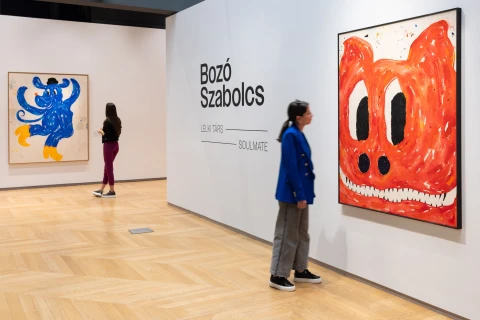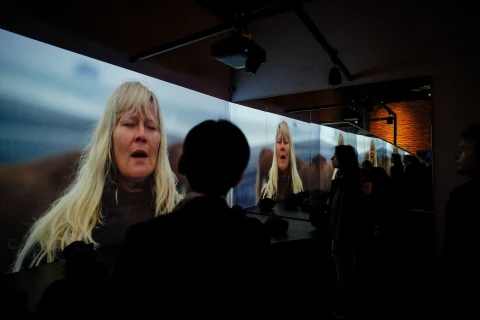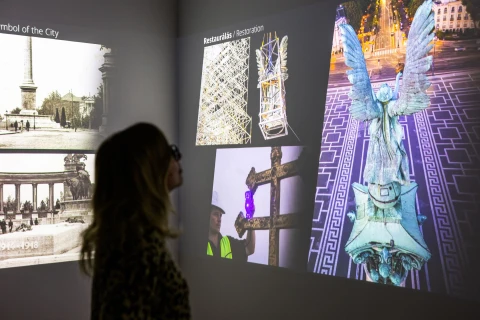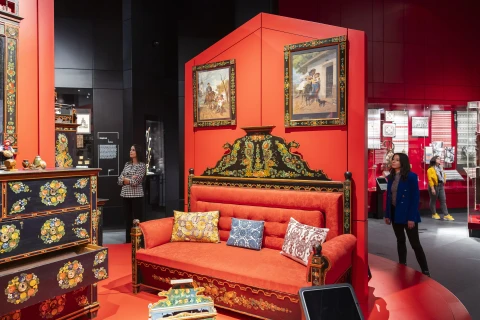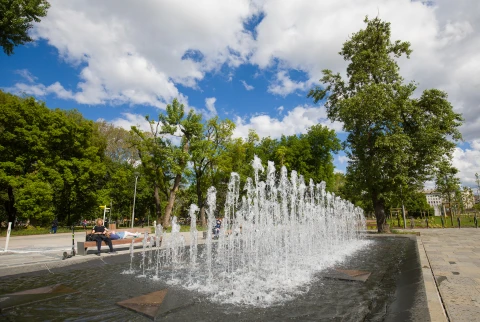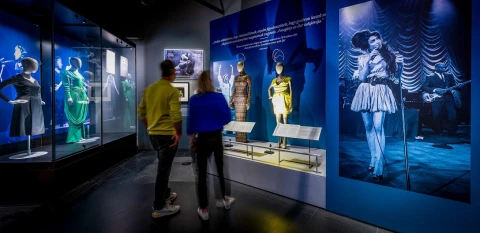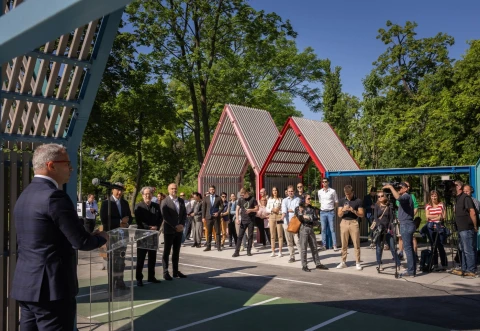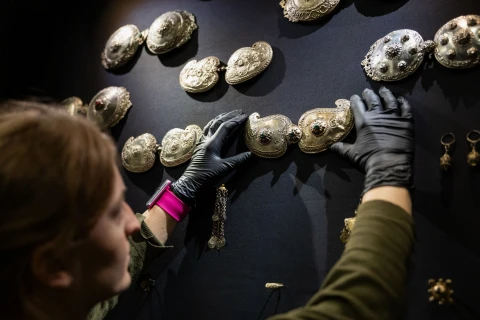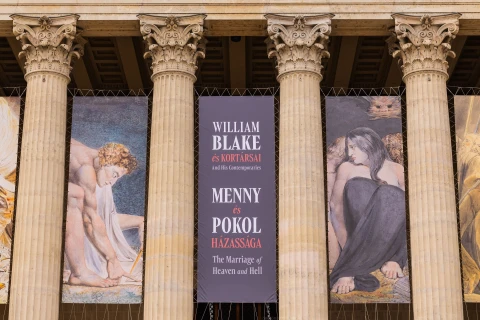
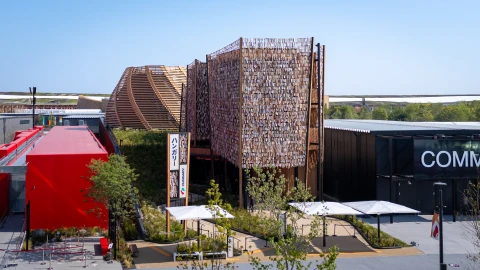
World-renowned Architect of House of Music Hungary Sou Fujimoto Gives Highly Successful Lecture at Expo 2025 Osaka
Japanese star architect Sou Fujimoto presented the House of Music Hungary, one of the world’s most accoladed buildings, as one of his cardinal masterpieces at a highly successful lecture held on 30 April at the Hungarian Pavilion of the Expo 2025 in Osaka. The architect spoke about working in Hungary as well as the design and construction of the House of Music. The legendary Japanese architect – who also designed the spectacular circular structure surrounding the Expo site – emphasised that the House of Music Hungary, located in the heart of Budapest, remains one of his most important works. At his lecture, which was held with a full house in his home country, Fujimoto spoke about what the House of Music Hungary, realised within the framework of the Liget Budapest Project, means to him, and shared personal insights and experiences he gained during his work on the project in Budapest’s City Park.
Fujimoto is one of the most innovative and most recognised figures in contemporary architecture. His designs are distinguished by blurring the boundaries between nature and the built environment as well as transparency, lightness and organic forms. He is credited with significant projects worldwide, including the 2013 Serpentine Gallery Pavilion in London and the L’Arbre Blanc (White Tree) residential tower in Montpellier, France. Adding to the significance of his Osaka lecture is the fact that Fujimoto also designed the Expo’s iconic central structure, the gigantic “Ring Roof” with a timber structure.
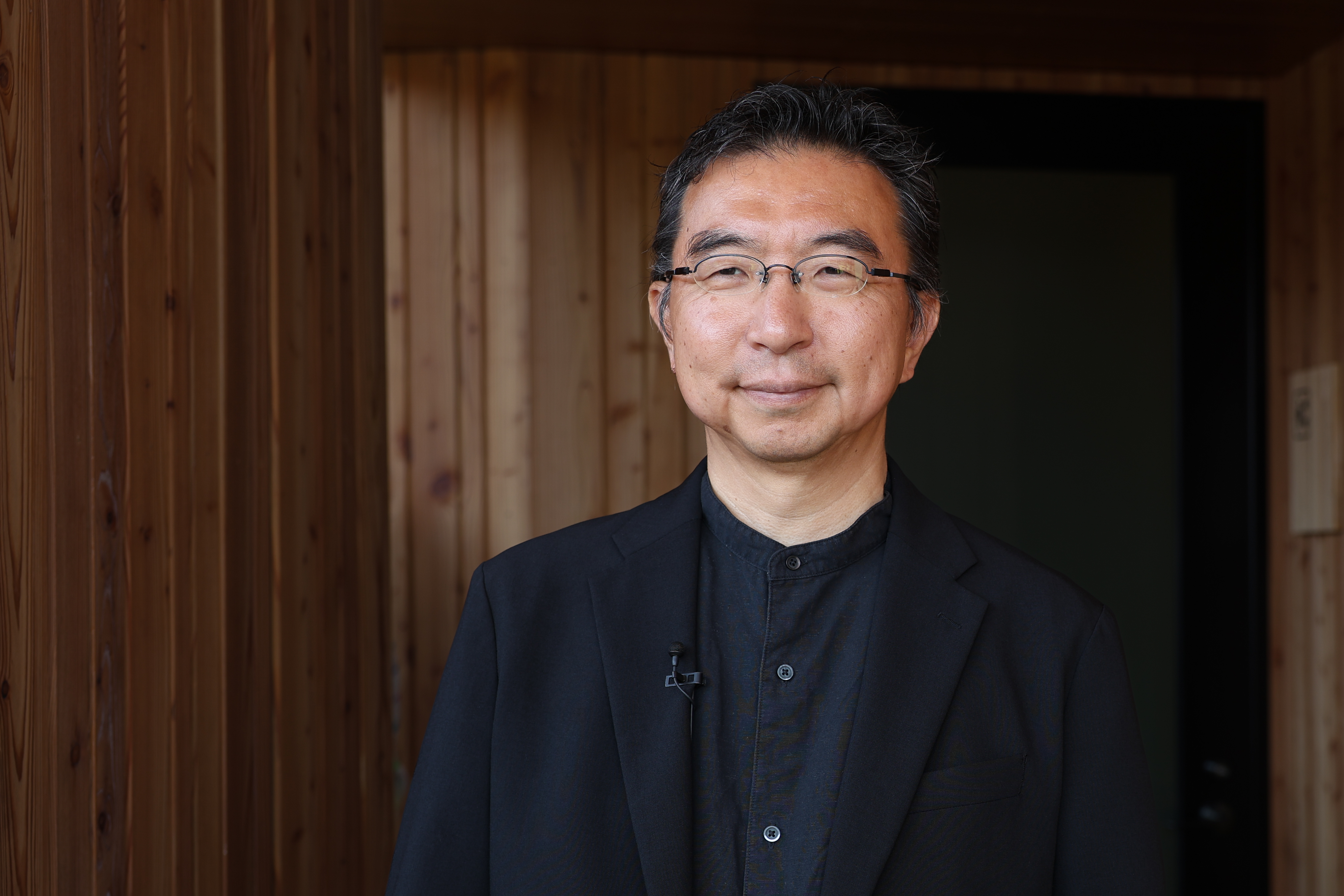
His architectural magnum opus, the House of Music Hungary, opened in early 2022 as part of the Liget Budapest Project. Appearing to float among the trees of City Park and characterised by a perforated roof, sweeping uninterrupted glass façades and closeness with nature, the building quickly became one of Budapest’s new, iconic landmarks and a popular tourist destination. In addition to being an architectural masterpiece, the House of Music is also an immensely successful cultural institution: it has welcomed over three million visitors since its opening, with its concerts, exhibitions and educational programmes consistently being sold out. Its success is signified by numerous prestigious international awards. Moreover, CNN, Time Magazine and The Guardian listed it among the best buildings in Europe. It has also received the People’s Choice Award at the Architizer A+ Awards and the Grand Prix at the MIPIM Awards in Cannes, making it Hungary’s most awarded contemporary architectural project. In addition to the outstanding international and domestic recognitions, Sou Fujimoto was named “Person of the Year” by Hungary’s public media in 2022, an honour that also acknowledged his commitment to Hungarian culture. The love of the public and the recognition of the professional community confirm that the House of Music Hungary is a veritable contemporary masterpiece, having earned Budapest a distinguished place on the global cultural map.
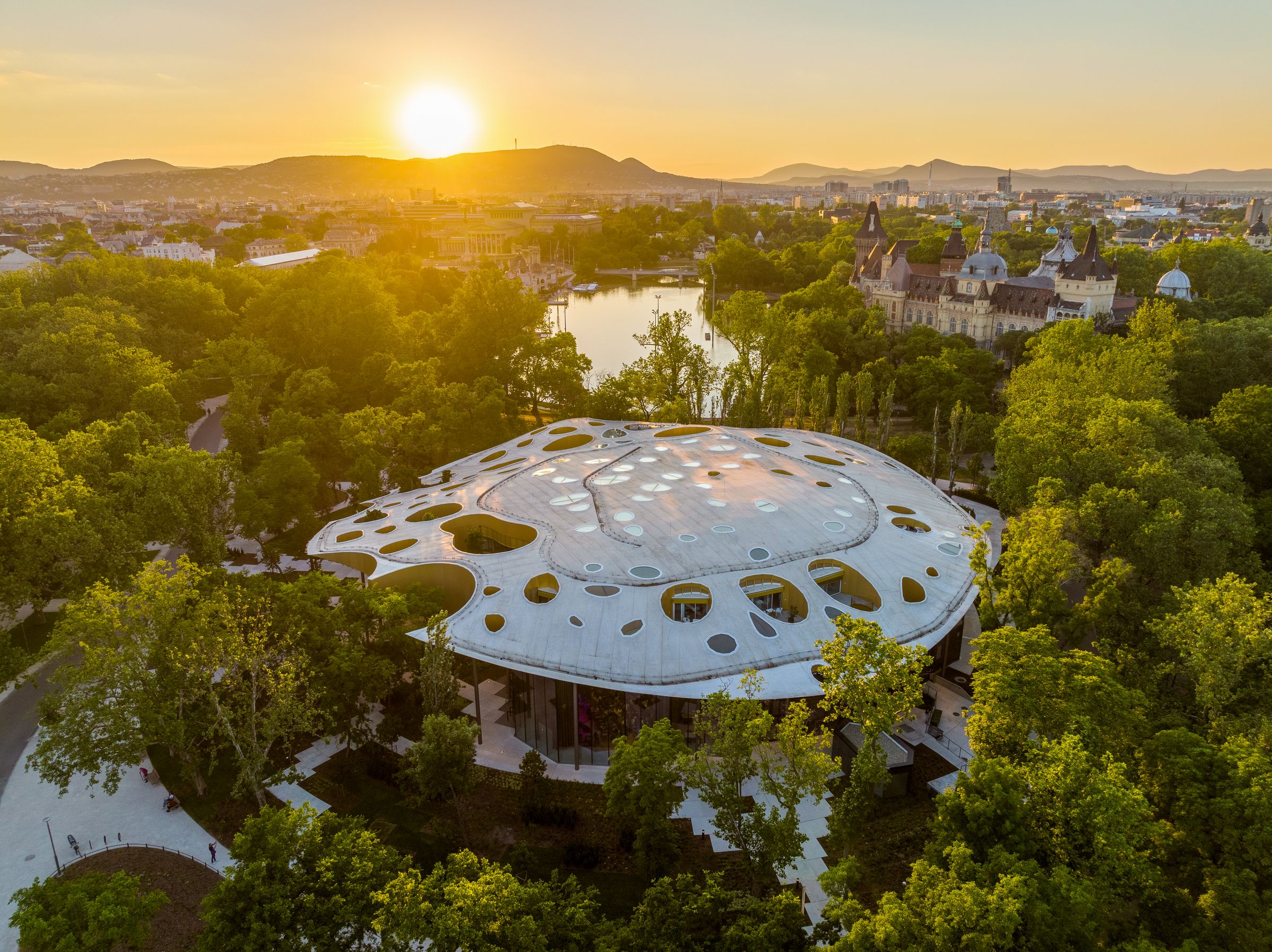
Márton Horn, Director of the House of Music Hungary, added: “Today at the Hungarian Pavilion of the Expo 2025 in Osaka, we were proud to see two key participants: Sou Fujimoto, who presented the architecture of the House of Music, and the institution of the House of Music itself, whose cultural content I introduced to the Japanese public together with András Batta. This event made the connection between Hungary and Japan tangible: Japanese culture is present in Budapest through the building’s design, and now, in Osaka, the cultural content of the House of Music is being presented in the Hungarian Pavilion as part of its cultural content.”
András Batta, Managing Director of the House of Music Hungary, emphasised: “Today, at the Hungarian Pavilion of the Expo 2025 in Osaka, we celebrated an afternoon dedicated to Hungarian music and we were able to convey something of its wonder, which the Japanese audience received with great enthusiasm.” He added: “Before this event, Sou Fujimoto presented the House of Music here, in his homeland, in such a way that the audience could feel: what we have created inside the building, he has realised architecturally. The harmony between the building and its content reflects the deep cultural connection between Hungary and Japan.”

